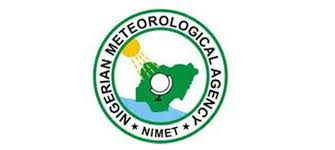
By Junaid Abdullahi
The Nigerian Meteorological Agency (NiMet) has predicted that the harsh weather condition in March and April may lead to high prevalence of malaria in the country.
The agency made this prediction after it outlined how climate information could be used to monitor, predict, and manage health risks.
High temperatures, relative humidity, and rainfall can all have an impact on the spread of some diseases. Malaria, cerebrospinal meningitis, and heat stress are all common climate-related health concerns in Nigeria.
According to the World Health Organisation (WHO)’s World Malaria Report 2023, there were 249 million cases of malaria worldwide in 2022, with Nigeria accounting for 27 percent of cases and 38.5 percent of malaria fatalities in children under the age of five.
Meningitis epidemics are more common in Sub-Saharan Africa and are linked to high temperatures and airborne dust.
The Nigerian Centre for Disease Control (NCDC) reported 2,765 suspected and 303 confirmed cases of meningitis in 2022/2023, with 190 deaths across 140 LGAs in 30 states and the federal capital territory (FCT).
NiMet stated that its climatic predictions might be used to determine the likelihood and severity of malaria and meningitis outbreaks across the country.
The International Research Institute for Climate and Society (IRI) defines seasonal climatic suitability for malaria transmission as the chance of precipitation accumulation greater than 80 millimetres (mm), average temperature between 18°C and 32°C, and relative humidity greater than 60 percent.
The combined values of these climate variables at a given location or region are an indication of the lower limit for potential malaria transmission in the area. This implies that once these conditions are met, malaria cases are likely to occur.
The predicted rainfall, temperature and relative humidity are used in determining the degree of vigilance for malaria.
